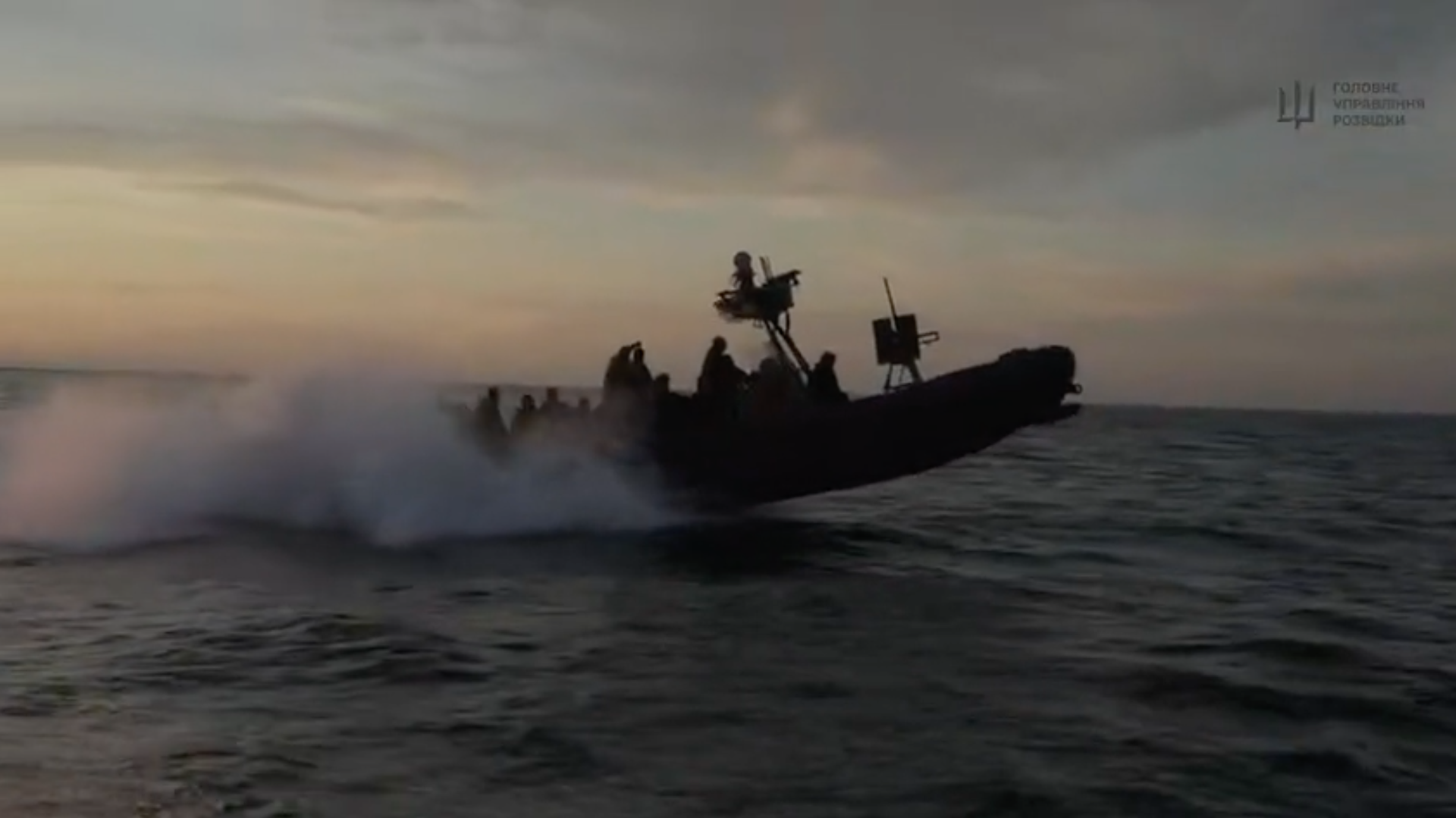Powerful earthquake in Russia's Far East triggers tsunami warnings, evacuations in Japan and US

Editor's note: This story was updated to include new information about the eruption of the Klyuchevskaya Sopka volcano in Kamchatka.
An 8.8 magnitude earthquake near the Russian peninsula of Kamchatka on July 30 triggered tsunami waves in Russia's Far East, prompting evacuations in Japan and Hawaii and warnings across the Pacific Ocean.
Tsunami waves hit Kamchatka and Sakhalin Island, damaging a kindergarten and injuring several people, local authorities said. A wave of 3-4 meters was recorded in the far-eastern peninsula, said Sergei Lebedev, the regional emergency situations minister.
"Today's earthquake was serious and one of the strongest in decades," Kamchatka Governor Vladimir Solodov said on Telegram.
"Experts have already begun a thorough inspection of critically important facilities for possible damage. Schools, hospitals, and kindergartens are being checked first."
Footage shared by Russian authorities on social media shows the town of Severo-Kurilsk in Sakhalin flooded after the earthquake.
The Unified Geophysical Service of the Russian Academy of Sciences placed the epicenter 149 kilometers (93 miles) southeast of the city of Petropavlovsk-Kamchatsky and at a depth of 17 kilometers (11 miles).
After the earthquake, a volcanic eruption began at Klyuchevskaya Sopka, Russia's highest active volcano, located in Kamchatka Krai. According to the Kamchatka branch of the Geophysical Service of the Russian Academy of Sciences, the eruption followed the massive quake in the region.
Images from a seismic monitoring camera captured glowing lava flows, accompanied by explosions and a red-hot glow at the crater. Emergency services are reportedly monitoring the eruption.
After Russia, the U.S. and Japan were among the first to issue evacuation orders, with initial tsunami waves already reaching Japan's Hokkaido Island by morning. Workers at the Fukushima Nuclear Plant, damaged in the 2011 tsunami, have been evacuated.
In the U.S., the quake triggered evacuation warnings in Hawaii and tsunami alerts along the West Coast.
"Due to a massive earthquake that occurred in the Pacific Ocean, a tsunami warning is in effect for those living in Hawaii," U.S. President Donald Trump said on social media.
The Honolulu Department of Emergency Management warned of "destructive tsunami waves." Residents have been urged to move to higher ground.
Tsunami alerts have also been issued in New Zealand, China, the Philippines, Indonesia, and elsewhere along the Pacific coast.
Russian seismologists called it the strongest quake in the Kamchatka seismic focal zone since 1952.
According to the U.S. Geological Survey, the 8.8 magnitude makes the earthquake the sixth most powerful in history, tying with a 2010 quake in Chile.
Kamchatka lies within the Ring of Fire, a tectonic belt of volcanoes in the Pacific Ocean with heavy seismic activity. Roughly 90% of the world's earthquakes take place within the belt.











